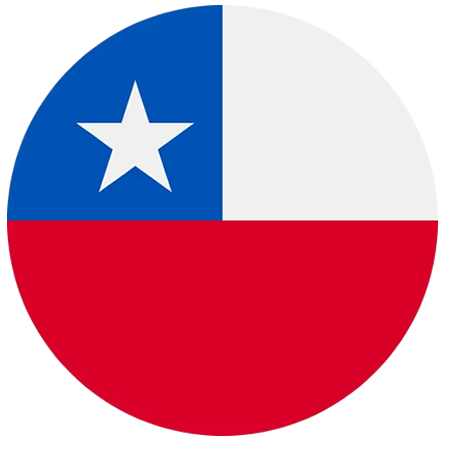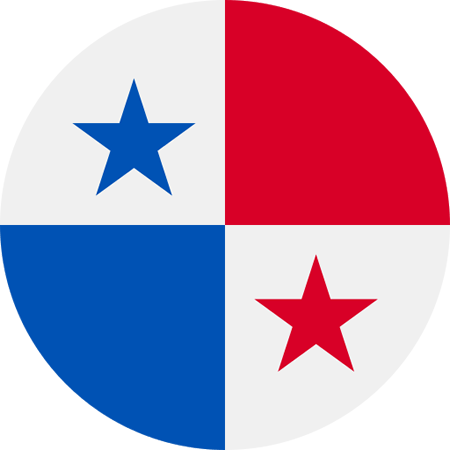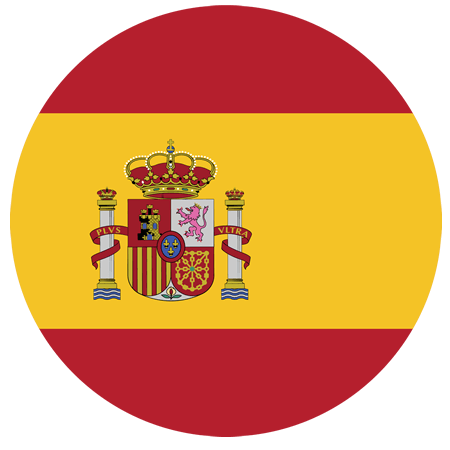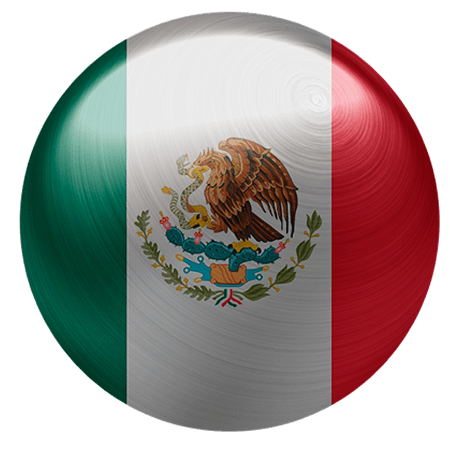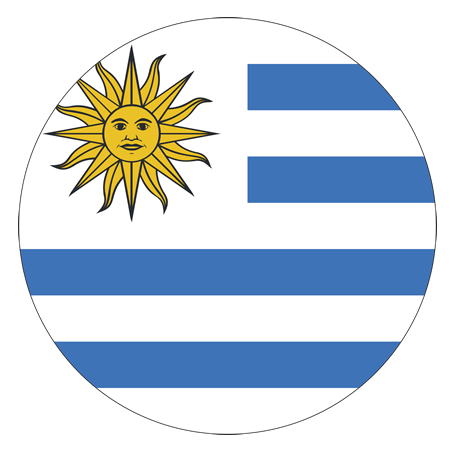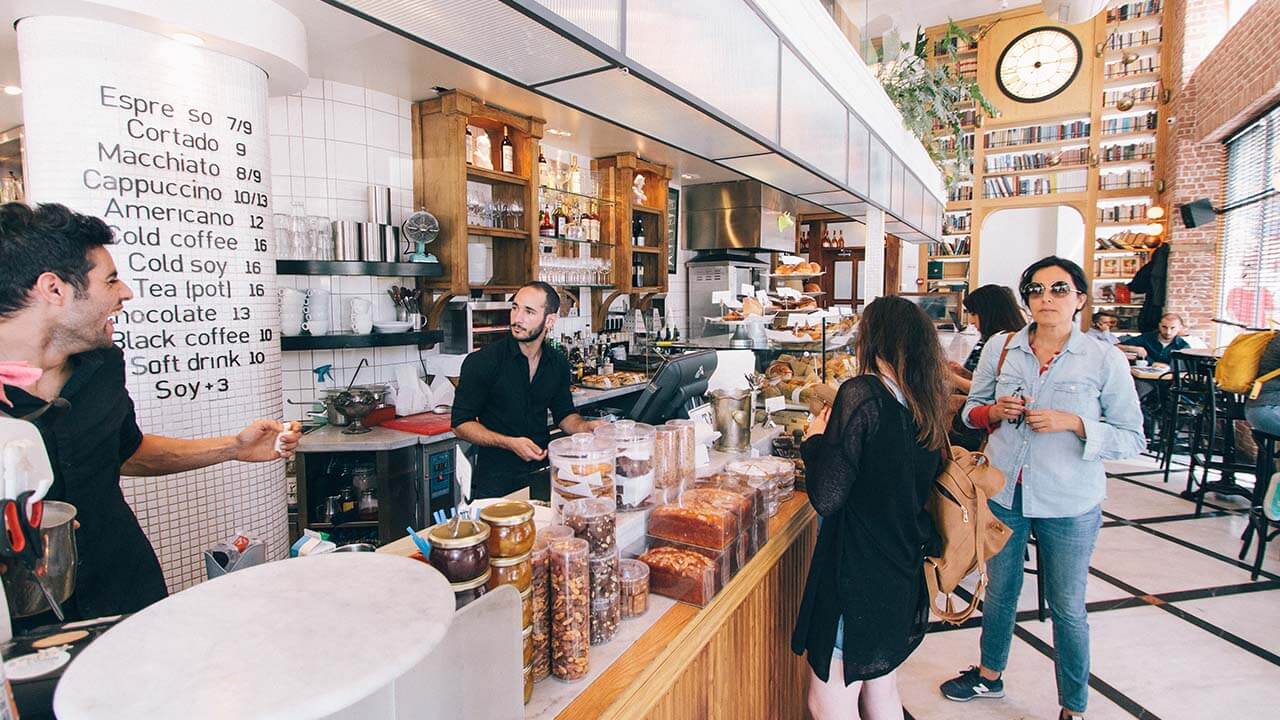To know the reasons that lead consumers to choose the products is a great way to optimize the physical store.
The “behavior” consumers are quantified on the basis of the position in place and time objects. Assuming that we can identify and exclude the employees of the store, we seek to monitor anonymously to customers through the activities of the various sectors and corridors within the store and in front of the products.
Identify the points of sale to increase transactions
The first step to achieve the optimization of the physical store is located just in the last stage of the purchase funnel of consumers.
Most of the retailers think that the last step in the journey toward the purchase is the payment process in the boxes. Although this is just the point where the money is exchanged, the decision to buy it occurs within the store before you pay. The location where the people make the decision about whether to acquire the product is the Point of sale.
The Point of Sale refers to the place in the space where the consumer has decided to buy the product.
The points of sale in the physical stores are very different from those that exist in the online stores. Even retailers with more experience tend to confuse the concepts of process of payment and Point-of-Sale.
To better understand this difference, we'll leave you a few concrete examples:
- In the supermarketsthe Point of Sale is one where the consumer places the product into your shopping cart.
- In stores clothingthe Point of Sale, usually inside the testers, when a consumer test a garment or in front of a mirror.
- In the virtual fitting roomsin contrast, the Point-of-Sale and payment are united in the same step as the consumer can do both thanks to the digital mirrors.
Therefore, we can conclude that the Point-of-Sale can specifically target where and when the consumer makes the decision to buy a particular product.
Analysis of the route
The way of the consumer within the store may not be projected directly on a map linear. However, we have the possibility to use the analytic of the tour.

The analytical range of the consumers within a physical store is based in the trajectory:
- Input: how came the people to a particular location.
- Output: how they got out of the area in particular.
- Frequency: how many times a person passed or stayed in a particular area.
The analysis of the journey provides patterns local traffic or local demand. Three elements to take into consideration when analyzing it are:
- The available: To observe the movements of your visitors, do you follow the route planned when designing the store? Many times we look to our store with a specific goal. It is important to note if the customers will follow.
- The sections: All the shops, no matter how small, have sectors – at least by gender (clothing for men or women) or group (children's section). It is important to keep in mind when planning a tour to follow.
- The islands: before we used to talk of “corridors” within a store. Today's anger are the islandsa novel way to display the products in the store.
To see the path of the visitors of the store and get the traffic patterns, get a clear picture of the way in which clients move within our store.
To create a map of the route before and after the Point of Sale, we can gain greater clarity about why people buy what they buy. In addition, by paying attention to the journey within the store we can identify whether the patterns of behavior are normal or not.
In this way, we can achieve to understand a little better why it is that consumers are looking for and buy certain products.

